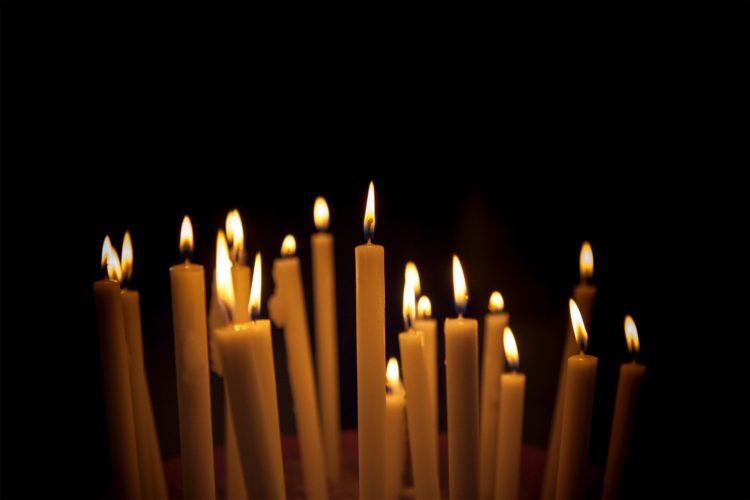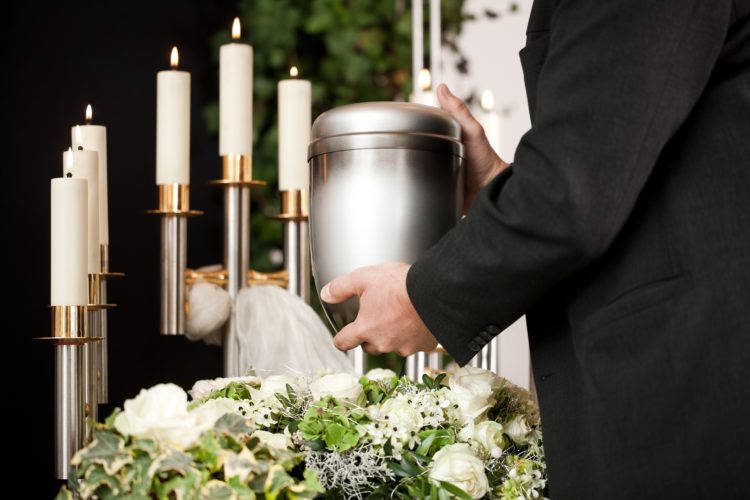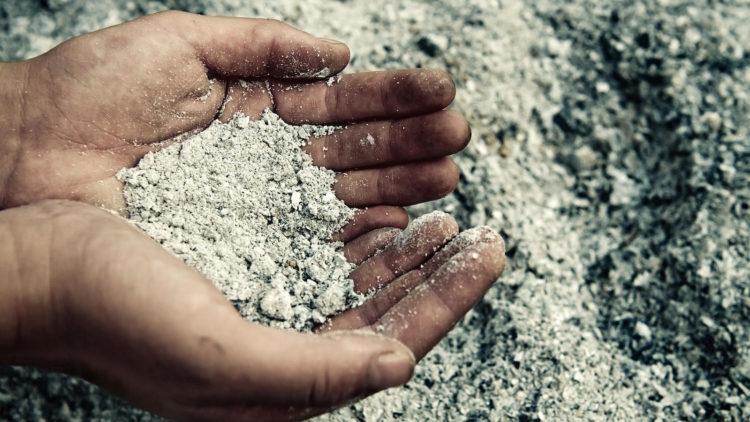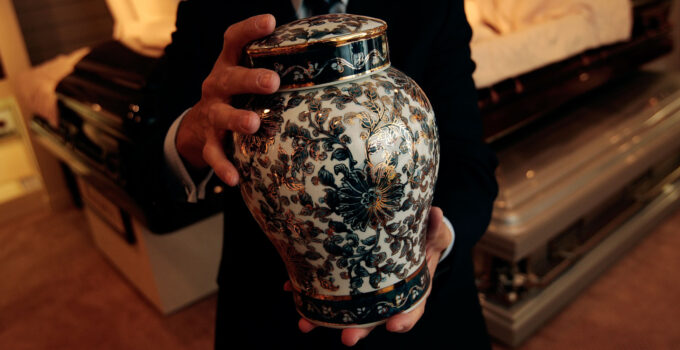Cremation is becoming an increasingly popular option when it comes to deciding on funeral arrangements after a loved one passes. However, there are a lot of myths and misconceptions concerning this decision, which can deter people from cremation while they’re making funeral plans.
Here are some myths and misunderstandings about the cremation process, and the reasons why they’re not true.
Page Contents
Myths: cremation involves fire

source: hullandhull.com
This may be the most popular myth out there concerning cremation, but in fact, this process does not include the use of fire. Instead, a specially designed furnace turned up to an extremely hot temperature is used to break down the body. After the body is cremated, it then goes through another process with a cremulator to convert the remains into the ashes that the family receives in an urn.
Myth: cremation is much cheaper than a traditional burial
This depends fully on what you choose when it comes to the funeral arrangements. While yes, a typical cremation can be more cost-effective than embalming a body, the family may choose other options after they received the ashes, which can add to the cost.
For example, some families tend to have calling hours, a funeral, and a burial of the cremains, which can make the cost go up extremely. Or, others decide to simply keep the ashes in their home. Some families would opt to order urns online through websites like Memorials.com for affordable cremation urns.

source: buschcares.com
Myth: cremation is eco-friendly
Unfortunately, this is not the case. While a cremation may not always include the harsh chemicals that come with embalming, or the space needed for a casket burial, cremation does include the use of fossil fuels.
Myth: cremation is a one-part process
This is untrue. There are many steps to the cremation process, as outlined below:
- The person speaks with a funeral director about their wishes and creates a funeral plan. This can be done by you prior or your family.
- Once the person has passed, the funeral director will pick up the body. They will then remove any medical devices, such as pacemakers.
- Before it is placed in the crematory, the body is placed in a wooden box to make for easy transportation.
- The body is placed in the crematory, and depending on the body size, it will stay in there for about two to three hours.
- The remains are placed in a cremulator to make the ashes uniform in size.
- The remains are given to a family in an urn.
Myth: cremation is only ashes

source: myjewishlearning.com
While the cremains are typically called “ashes”, they really are made up of bone matter. Everything else on the body evaporates during the cremation process, so the grey and white remains you see are the deceased’s bones, but finely ground.
Myth: you may get someone else’s cremains
This is not true in the slightest. Funeral homes and cremation service providers, such as Heritage Cremation Provider, have to abide by state and federal rules when it comes to treating and handling human remains. This means that they work through a very regimented process to ensure your family member’s remains are not mixed up and contaminated with another person’s cremains. It is standard protocol that the identification of each body is followed precisely from the start of the cremation process to the end to ensure the funeral parlor’s integrity.
Cremation can be a great option to consider when planning a funeral process. Most funeral parlors offer this service, so it is worth reaching out to them if you have any additional questions about how this process works and what it entails.





